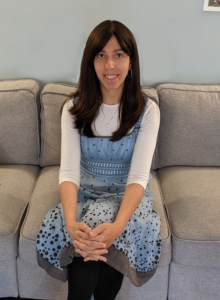
In our work together, I will outline a treatment plan designed specifically for you. Here's what you can expect:
I will spend the first few sessions learning about what brought you to therapy. I will ask you lots of questions about your background and history to make sure I get to know you well. Therapy is a collaborative and interactive process, so feel free to ask me your questions as well!
By the end of the first or second session, we will outline your goals and begin working toward them. When outlining your goals, we will draw upon your strengths, choices and experiences.
Throughout our work together, I will periodically check in with you to make sure you are on track, and that you are receiving everything you want out of therapy.
Below is a sampling of some (but certainly not all) of the therapeutic interventions I use in my works with clients:
I draw on psychoanalytic thoery, the idea that the maladaptive behaviors we engage in are determined by past experiences lodged in our subconcious. The aim of psychoanalysis is to free clients from maladaptive and destructive repetitions that dominate their lives and behavior. To liberate clients from recurrent emotional states means that they will have a fuller range of feelings and be more in touch with objective reality. Conncting the dots and recognizing patterns of past and present behavior enable people to do things differnetly the next time around.
I also incorporate cognitive bahevioral therapy (CBT), a thought based, "top-down" approach. This modality guides clients to focus on the relationships between their thoughts, feelings and behaviors. By exploring patterns of thinking that lead to self-destructive actions, and the beliefs that direct these thoughts, those struggling with their emotionas can begin to modify their patterns of thinking and improve coping. Together with cognitive-behavioral therpay, I utilize sensorimotor psychotherapy, a body-centered modality with the goal of treating the somatic symptoms of unresolved trauma. This type of therapy depends on a "bottom up" approach: using the bodily experiences of the individual to increase awareness and ultimately uncouple trauma stored in the body with ones' relationship to their current reality.
Using both "top down" and "bottom up" treatment modalities treats the whole person - mind and body - and allows for more thorough and comprehensive treatment with greater therapeutic outcomes.
When treating couples, I incorporate the Gottman method into treatment. I have completed Level 1 training in Gottman Method Couples Therapy. This method is a research based approach to creating stronger relationships. It teaches couples how to manage conflict and communicate with each other in a more productive way. It teaches both parties how to speak so that they will be heard, and how to listen so that their partner will feel heard. For more information on The Gottman Method, go to www.gottman.com.